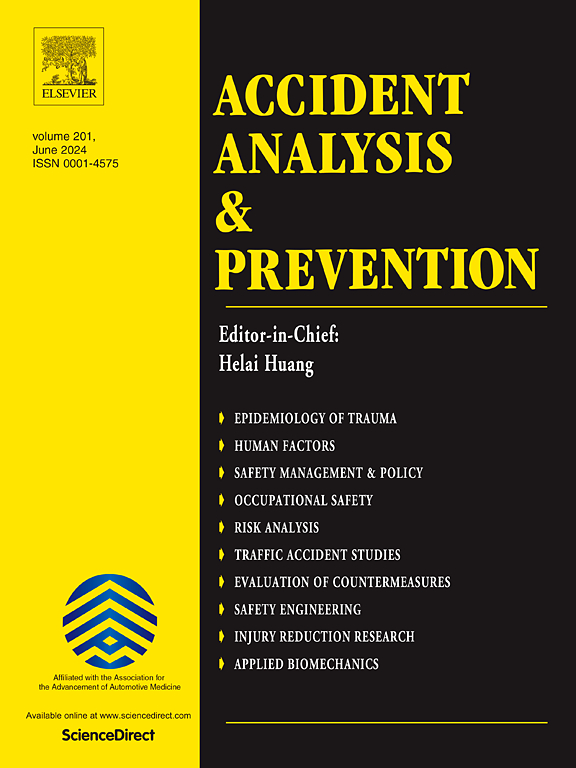Critical scenarios adversarial generation method for intelligent vehicles testing based on hierarchical reinforcement architecture
IF 6.2
1区 工程技术
Q1 ERGONOMICS
引用次数: 0
Abstract
The widespread deployment of intelligent vehicles necessitates comprehensive testing across diverse driving scenarios. A significant challenge is generating critical testing scenarios to accurately evaluate vehicle performance. To overcome the limitations of existing methods, including inadequate diversity and validity, this study proposes an adversarial generation method grounded on a hierarchical reinforcement learning framework. This approach comprises three modules: a hierarchical scheduling module, a conflict prediction module, and a scenario evaluation module. The hierarchical scheduling module segments the testing procedure into guidance, adversarial, and exploration periods, effectively managing reward sparsity to promote varied scenario generation. The conflict prediction module employs kinematic conflict prediction and adaptive action strategies to enhance learning speed and efficiency, directing traffic entities in producing critical scenarios. The evaluation module assesses scenario validity and diversity by analyzing relative trajectories, temporal characteristics, and spatial configurations, in addition to employing a perception-limited model and replay testing to assess performance within the system’s operational limits. Experimental results using the HighD dataset in the highway environment demonstrate that the proposed method efficiently generates varied critical test scenarios, improving the collision rate and period contributions throughout the testing process. When producing an equivalent number of critical scenarios, the overall testing resource utilization decreases by 49.49% relative to the conventional Deep Q-Network method.

基于分层强化架构的智能车辆测试关键场景对抗生成方法
智能汽车的广泛部署需要在不同的驾驶场景中进行全面的测试。一项重大挑战是生成关键测试场景,以准确评估车辆性能。为了克服现有方法的局限性,包括多样性和有效性不足,本研究提出了一种基于分层强化学习框架的对抗生成方法。该方法包括三个模块:分层调度模块、冲突预测模块和场景评估模块。分层调度模块将测试过程划分为指导、对抗和探索阶段,有效地管理奖励稀疏性,以促进不同场景的生成。冲突预测模块采用动态冲突预测和自适应行动策略,提高学习速度和效率,指导交通实体产生关键场景。评估模块通过分析相对轨迹、时间特征和空间配置来评估场景的有效性和多样性,此外还采用感知受限模型和重放测试来评估系统运行限制内的性能。在高速公路环境中使用HighD数据集的实验结果表明,该方法有效地生成了各种关键测试场景,提高了整个测试过程中的碰撞率和周期贡献。当产生相同数量的关键场景时,与传统的Deep Q-Network方法相比,总体测试资源利用率降低了49.49%。
本文章由计算机程序翻译,如有差异,请以英文原文为准。
求助全文
约1分钟内获得全文
求助全文
来源期刊

Accident; analysis and prevention
Multiple-
CiteScore
11.90
自引率
16.90%
发文量
264
审稿时长
48 days
期刊介绍:
Accident Analysis & Prevention provides wide coverage of the general areas relating to accidental injury and damage, including the pre-injury and immediate post-injury phases. Published papers deal with medical, legal, economic, educational, behavioral, theoretical or empirical aspects of transportation accidents, as well as with accidents at other sites. Selected topics within the scope of the Journal may include: studies of human, environmental and vehicular factors influencing the occurrence, type and severity of accidents and injury; the design, implementation and evaluation of countermeasures; biomechanics of impact and human tolerance limits to injury; modelling and statistical analysis of accident data; policy, planning and decision-making in safety.
 求助内容:
求助内容: 应助结果提醒方式:
应助结果提醒方式:


